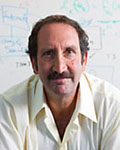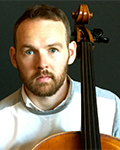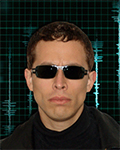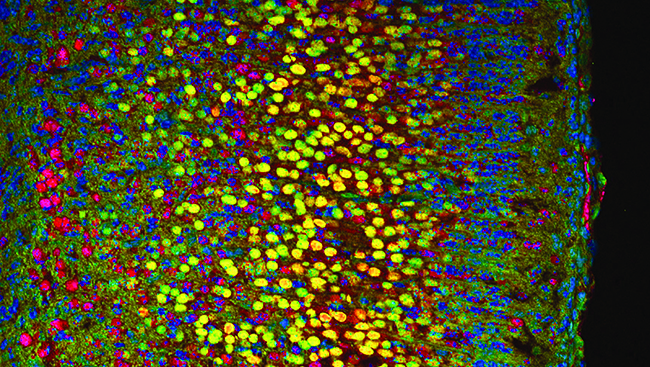From research processes to training, big data has the potential to leave its mark on every aspect of the field. What does that mean for you?
These four neuroscientists, whose insights are also featured in SfN's webinar, Data Science Approaches for Neuroscientists, explain.

Michael Miller, PhD
Johns Hopkins University
"Historically, discovery neuroscience has been so complex and diverse that every laboratory has had to be an expert in their own area — molecules, cells, circuits, behavior. But now, teams are leading large translation projects where all elements work together. For example, our Alzheimer's Disease Research Center and BIOCARD studies use data crossing the scales — from proteins, to networks, to cognitive symptoms — each informing the other. We should also expect that for discovery neuroscience, researchers who remain experts within their own laboratory will be able to leverage the ever-growing quantities of neurodata that are coming online to inform their experimental designs and discoveries, with the youngest members of our laboratories leading the way."

Richard Myers, PhD
Boston University School of Medicine
"Too many neuroscientists feel that if they have a really smart and invested graduate student, then they can tell that student to figure out how to do complex data analysis on his or her own.
That will no longer work. It's not fair to the student, who may not be able to figure it out independently, but doesn't know any better than to try, and then waste incredible amounts of time. In this era, data analysis has to be part of scientific training.
Along with that, no single person can learn how to do all these different things. Learning how to collaborate with computational experts who actually do the analysis is equally important."

Gardiner Von Trapp, PhD
New York University
"Like many areas in neuroscience, neural data science is an interdisciplinary venture. Critically, it involves both an understanding of mathematics (statistics, etc.), and computer programming skills to implement these analyses. While there are various math and computer science courses you can take, there is still a gap that researchers need to bridge. Because of that, we need coursework that will bring these subjects together in a way that gives trainees the resources they need to tackle these new analysis problems."

Pascal Wallisch, PhD
New York University
"We can no longer dodge the data. The entire field is going this way, and this is a good thing. It is not something you can outsource and forget about. Even if you collaborate, you need to understand for yourself what is going on with your data. My advice would be to anticipate this and get ahead of it. Embrace the big data. Long term, it’ll be a good thing, even if there is short-term pain."
Did you miss the webinar, Data Science Approaches for Neuroscientists? Watch to hear more from these neuroscientists about what types of research problems big data can solve, how neuroscientists can analyze large-scale data sets, the types of training challenges mentors and trainees could face, and the necessary skills for adopting a data-science approach to research.





